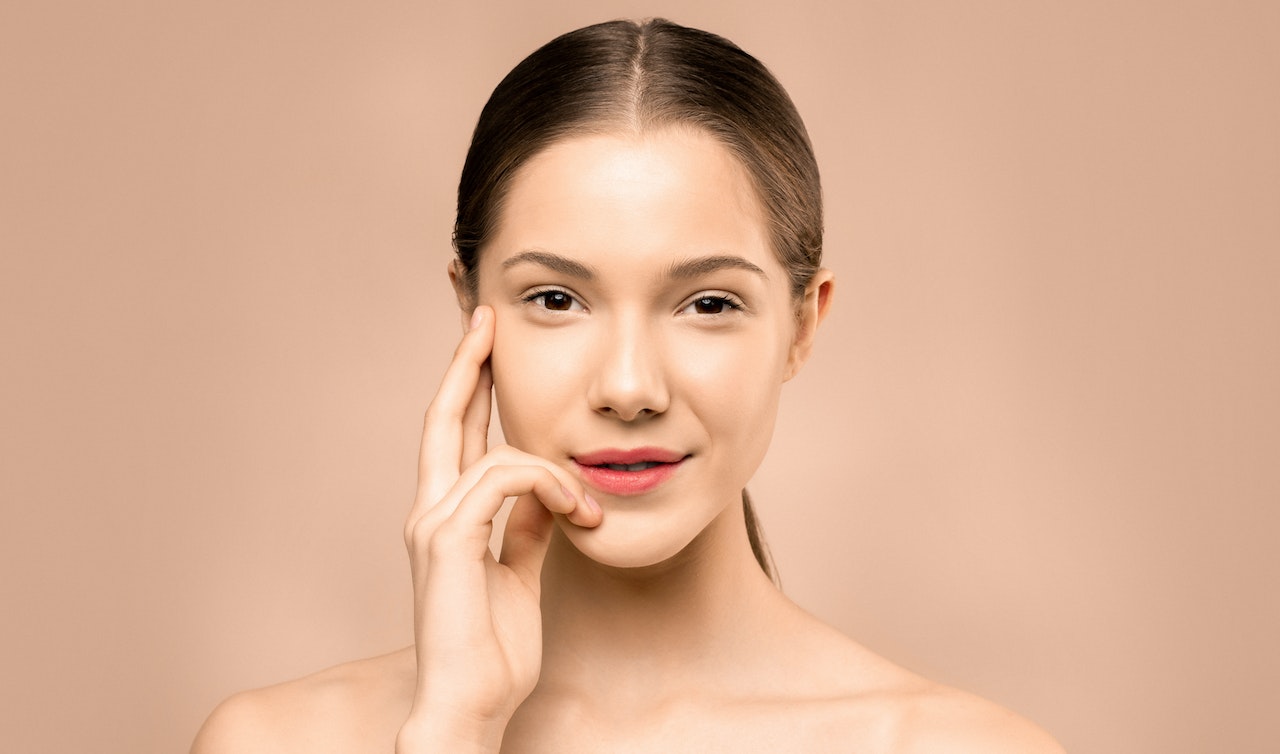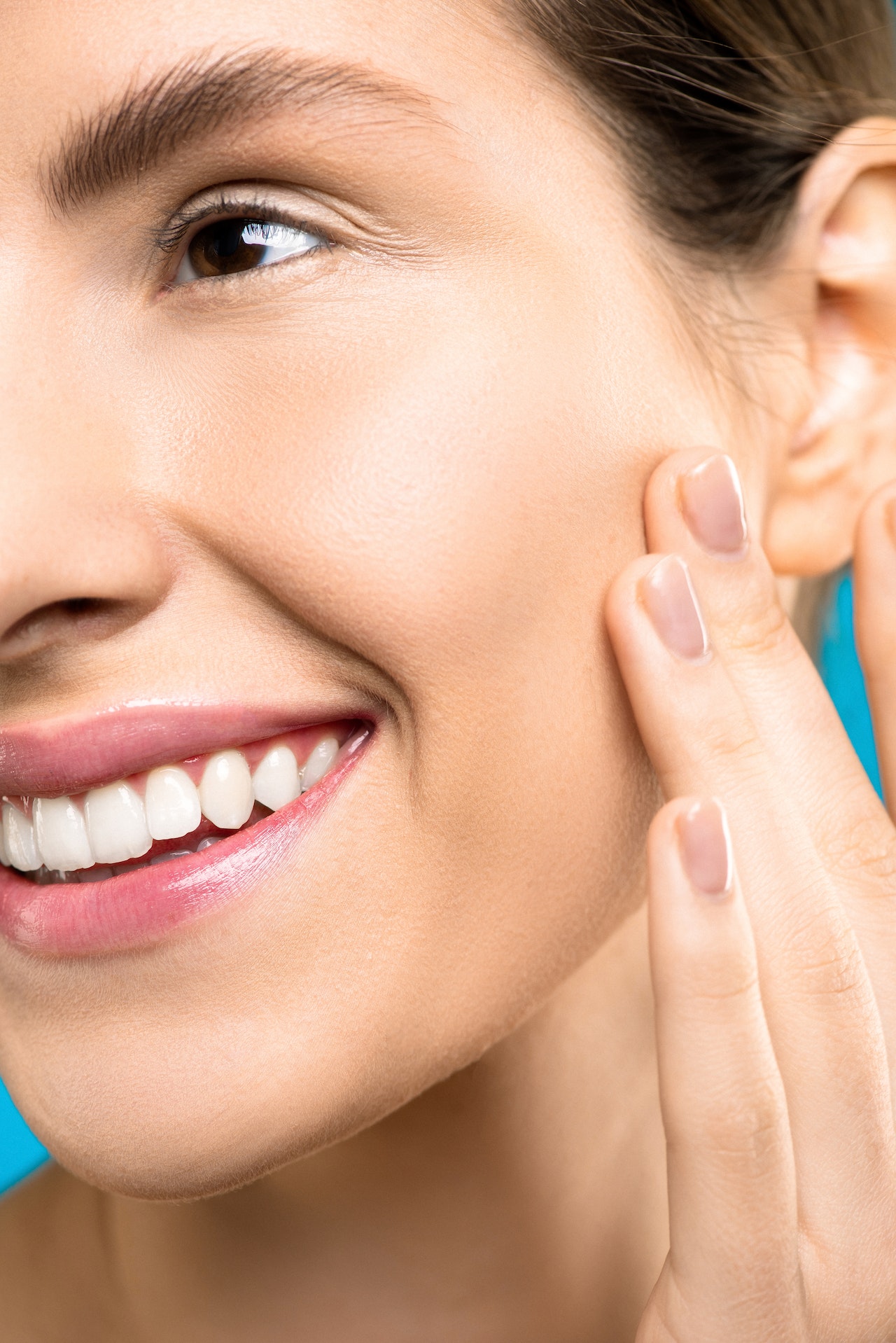Underpainting is a makeup technique that has recently gained popularity, but its roots trace back to the 90s. This guide will walk you through the process of underpainting, its origins, and how to perfect it for a flawless, natural look.

IMAGE: PEXELS
The Origins of Underpainting Makeup
The concept of underpainting was originally created by the contour king, Kevyn Aucoin. He popularized the chiseled look in the 90s, and since then, artists like Scott Barnes have continued to practice Aucoin’s masterful shading approach. More recently, Mary Phillips, a makeup artist to stars like Kendall Jenner and Hailey Bieber, has brought this technique back into the spotlight, leading to its viral resurgence on platforms like TikTok.
What You Need:
- A gentle facial cleanser
- A hydrating moisturizer
- A contour stick or cream (two shades darker than your skin tone)
- A concealer (one to two shades lighter than your skin tone)
- A foundation that matches your skin tone
- A damp beauty sponge
- A foundation brush (optional)
- A translucent setting powder
- A fluffy powder brush
- Setting spray (optional)
Product Recommendations:
- Facial Cleanser: CeraVe Hydrating Facial Cleanser
- Moisturizer: Neutrogena Hydro Boost Water Gel
- Contour Stick: Fenty Beauty Match Stix Matte Contour Skinstick
- Concealer: Maybelline Instant Age Rewind Eraser Dark Circles Treatment Concealer
- Foundation: Estée Lauder Double Wear Stay-in-Place Makeup
- Beauty Sponge: Real Techniques Miracle Complexion Sponge
- Translucent Setting Powder: Laura Mercier Translucent Loose Setting Powder
- Powder Brush: Sigma Beauty F30 Large Powder Brush
- Setting Spray: Urban Decay All Nighter Long-Lasting Makeup Setting Spray
The Underpainting Process: A Detailed Walkthrough
1. Preparation:
Begin with a thoroughly cleansed and moisturized face. This step is crucial as it ensures a smooth and hydrated canvas for your makeup application. Use a gentle cleanser suitable for your skin type, followed by a hydrating moisturizer. Allow the moisturizer to fully absorb into your skin before proceeding to the next step.
2. Contour:
The first step in the underpainting process is to apply your contour. Think of this as creating the “bones” under the skin. Use a contour stick or cream that is two shades darker than your skin tone. Apply this to the areas you want to define – your cheekbones, jawline, and the sides of your nose. The key here is to mimic the natural shadows of your face for a more sculpted look.
3. Highlight:
Next, it’s time to bring light to the high points of your face using a concealer. Choose a concealer that is one to two shades lighter than your skin tone. Apply this under your eyes in an inverted triangle shape, the center of your forehead, down the bridge of your nose, your chin, and the high points of your cheekbones. This step helps to bring forward these areas, adding dimension to your face.
4. Blend:
Now, blend the contour and concealer using a damp beauty sponge. The dampness of the sponge helps to seamlessly blend the products into your skin, creating a natural finish. Be careful not to over-blend, as you want to maintain the definition created by the contour and highlight. Use a patting motion rather than dragging the sponge across your face to avoid moving the product too much.
5. Foundation:
Once your contour and highlight are blended, apply your foundation over it. Choose a foundation that matches your skin tone perfectly. Use a foundation brush or sponge to blend it in, ensuring that it covers the contour and highlight without completely obscuring them. This step helps to create a seamless, natural look, with the contour and highlight subtly peeking through the foundation.
6. Set:
Finally, set your makeup with a translucent powder. This step ensures that your makeup stays in place all day and prevents it from creasing or smudging. Use a fluffy brush to lightly dust the powder all over your face, paying special attention to areas that tend to get oily, like the T-zone. For a more natural finish, you can use a setting spray after applying the powder.
Remember, practice makes perfect. The more you practice this underpainting technique, the better you’ll get at achieving a flawless, naturally sculpted look.
FAQs
Q: Who invented underpainting makeup?
A: The concept of underpainting was originally created by Kevyn Aucoin.
Q: What does underpainting makeup mean?
A: Underpainting is a makeup technique where contour and concealer are applied before foundation, creating a more natural, sculpted look.
Q: What is underpainting drag?
A: In drag makeup, underpainting is used to dramatically reshape and enhance facial features.
External Links

IMAGE: PEXELS
If you are interested in even more makeup-related articles and information from us here at Makeup By Kili, then we have a lot to choose from.

COMMENTS